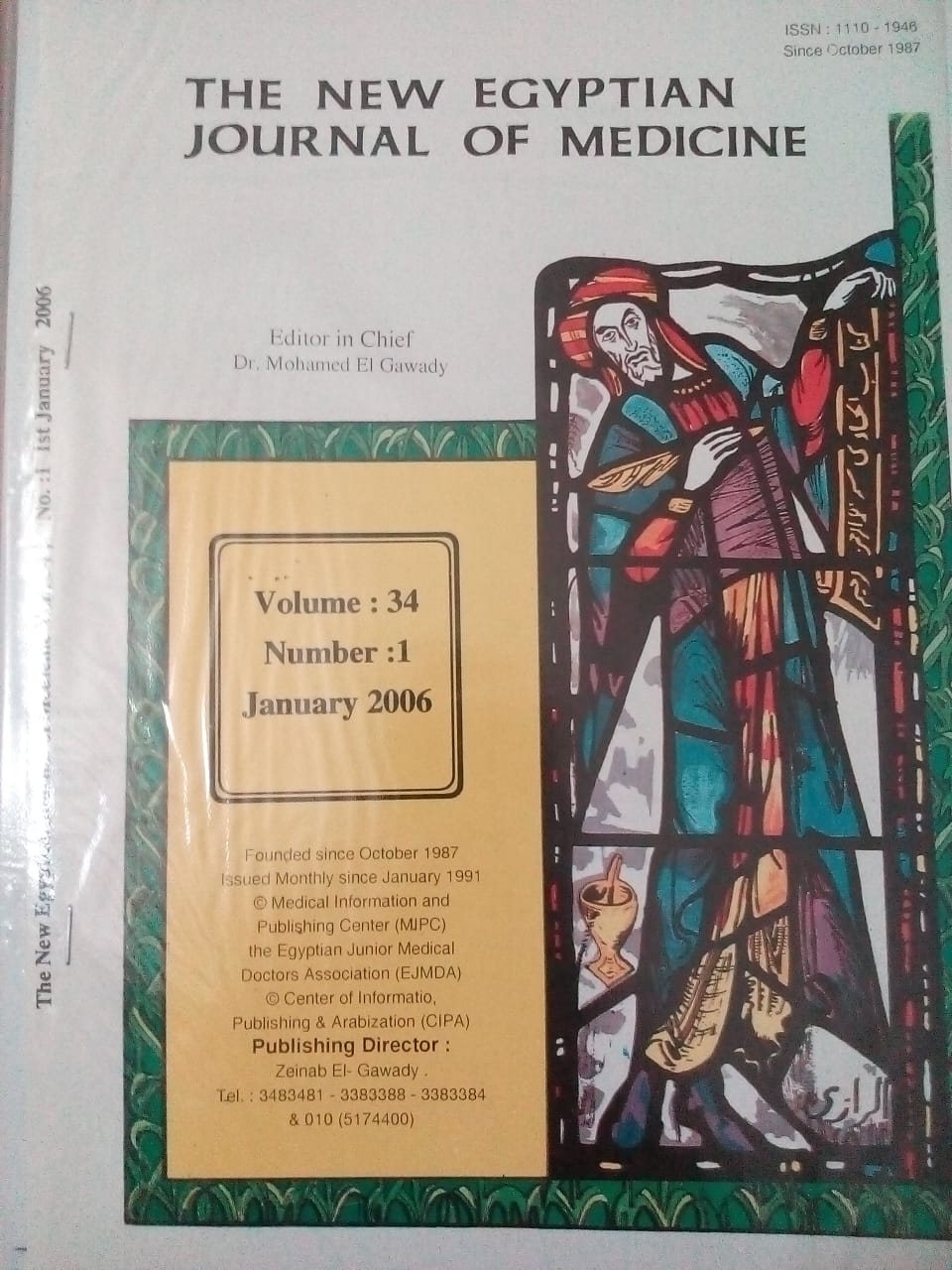Background: Thyroid dysfunction has long been reported in liver disease. But limited information is available on thyroid size and the involvement of thyroid hormones in the haemodynamic alterations of cirrhosis. Aims: to 1) study changes in thyroid gland volume and functions in different grades of liver cirrhosis. 2) investigate the relationship of thyroid hormone levels to changes in the hepatic and splenic haemodynamics in cirrhotic patients. Patients and Methods: Thirty-six cirrhotic patients (12 Child class A, 12 Child B and 12 Child C) and twelve healthy controls were included in the study. For all subjects, serum levels of FT3, FT4 and TSH levels were measured. An ultrasound scan of the thyroid was done for measuring thyroid volume. A colour Doppler ultrasound scan of the abdomen was performed for measuring portal vein diameter (PVD), cross sectinal area, maximal velocity (PV Vmax), mean velocity (PV Vmean), blood flow rate (PV BFR) and congestion index (CI). Hepatic and splenic arteries resistive indices (HA RI, SA RI) were also studied. Results: Total thyroid volume was increased in patients compared to healthy controls and it significantly increased with progression of the disease from Child A to C. Mean serum levels of FT3, FT4 and TSH were significantly decreased in patients compared to healthy controls. However, they were not correlated to thyroid volume. FT4 had a significant negative correlation with PVD, PV BFR and CI. While, FT3 had a significant positive correlation with PV Vmax. Total thyroid volume showed a significant negative correlation with PV Vmax and positive correlations with both CI and HA RI. Conclusions: Thyroid volume is increased in cirrhotic patients independently from thyroid hormones status. Low FT4 values of cirrhotic patients may participate in arterial vasoconstriction present in hepatic and splenic arteries. FT4 levels are directly correlated with Doppler parameters of portal hypertension. Future studies using a larger number of patients are recommended.


